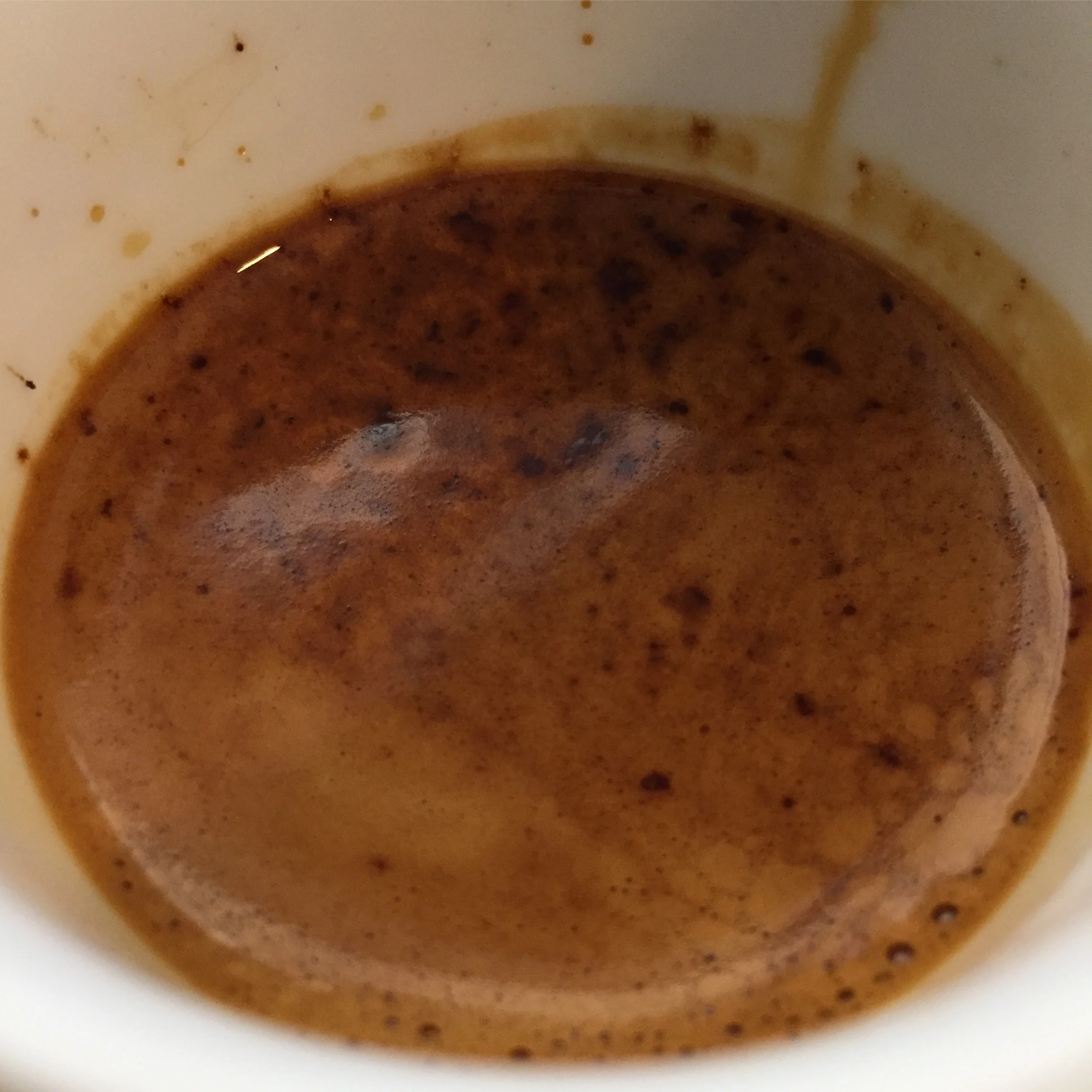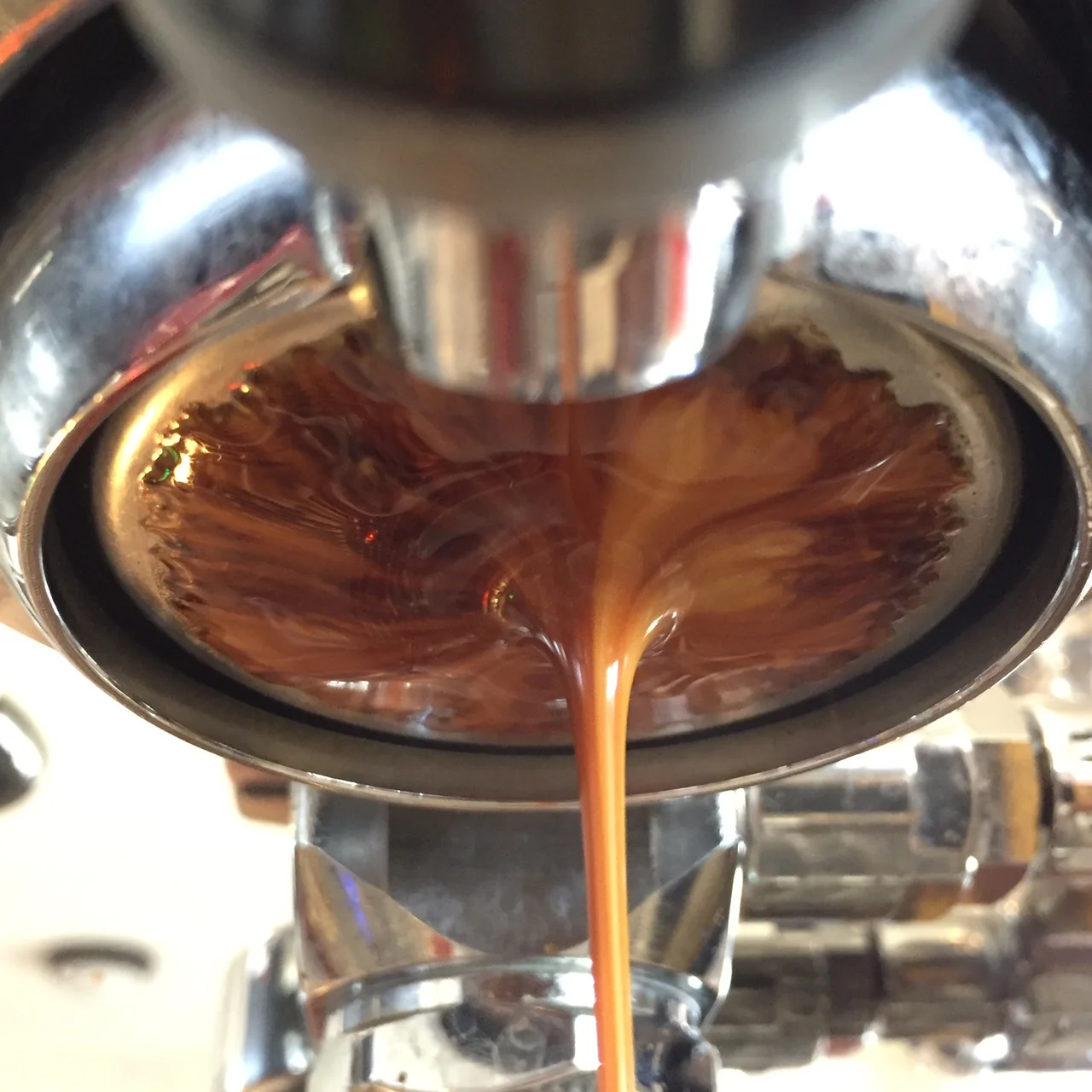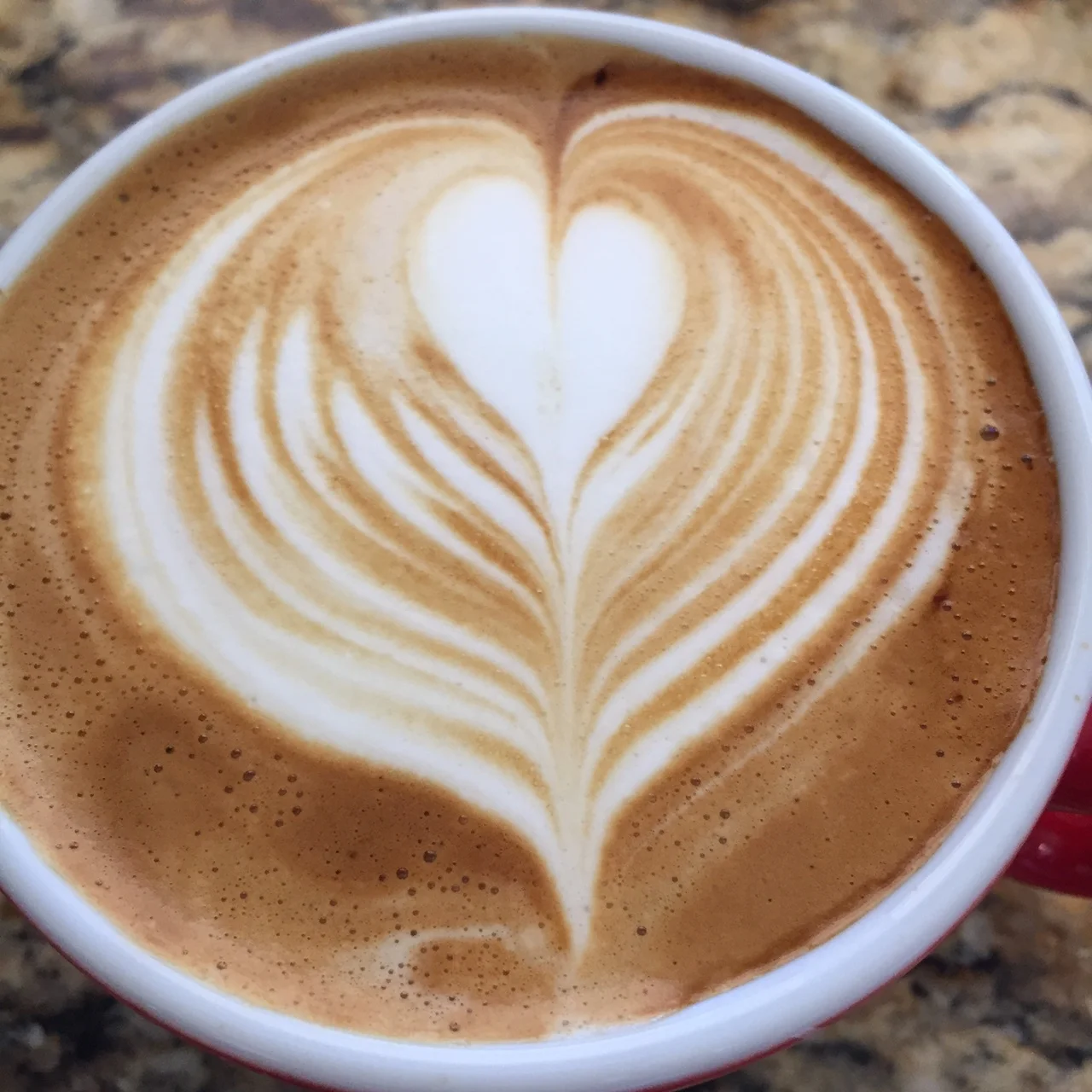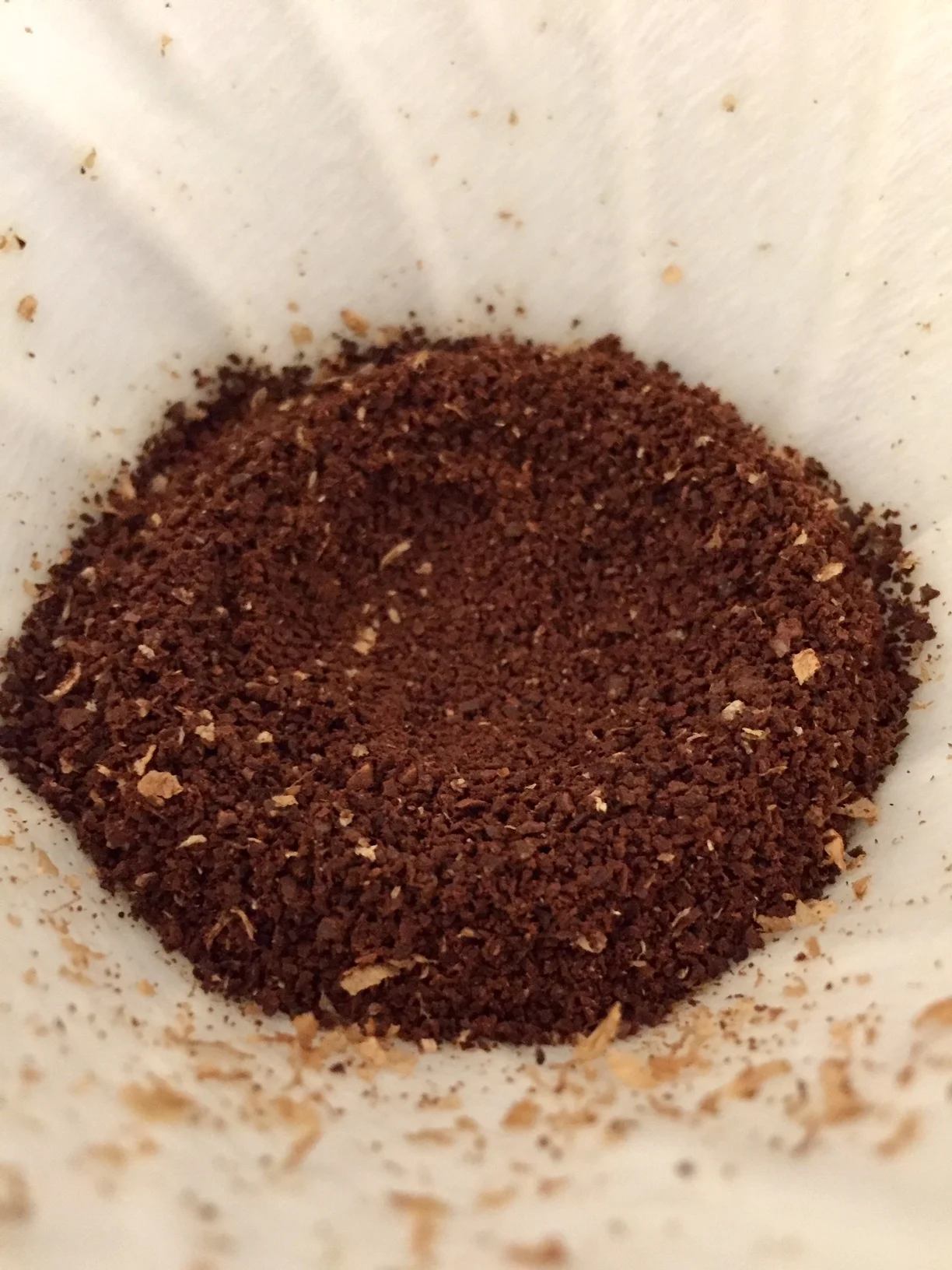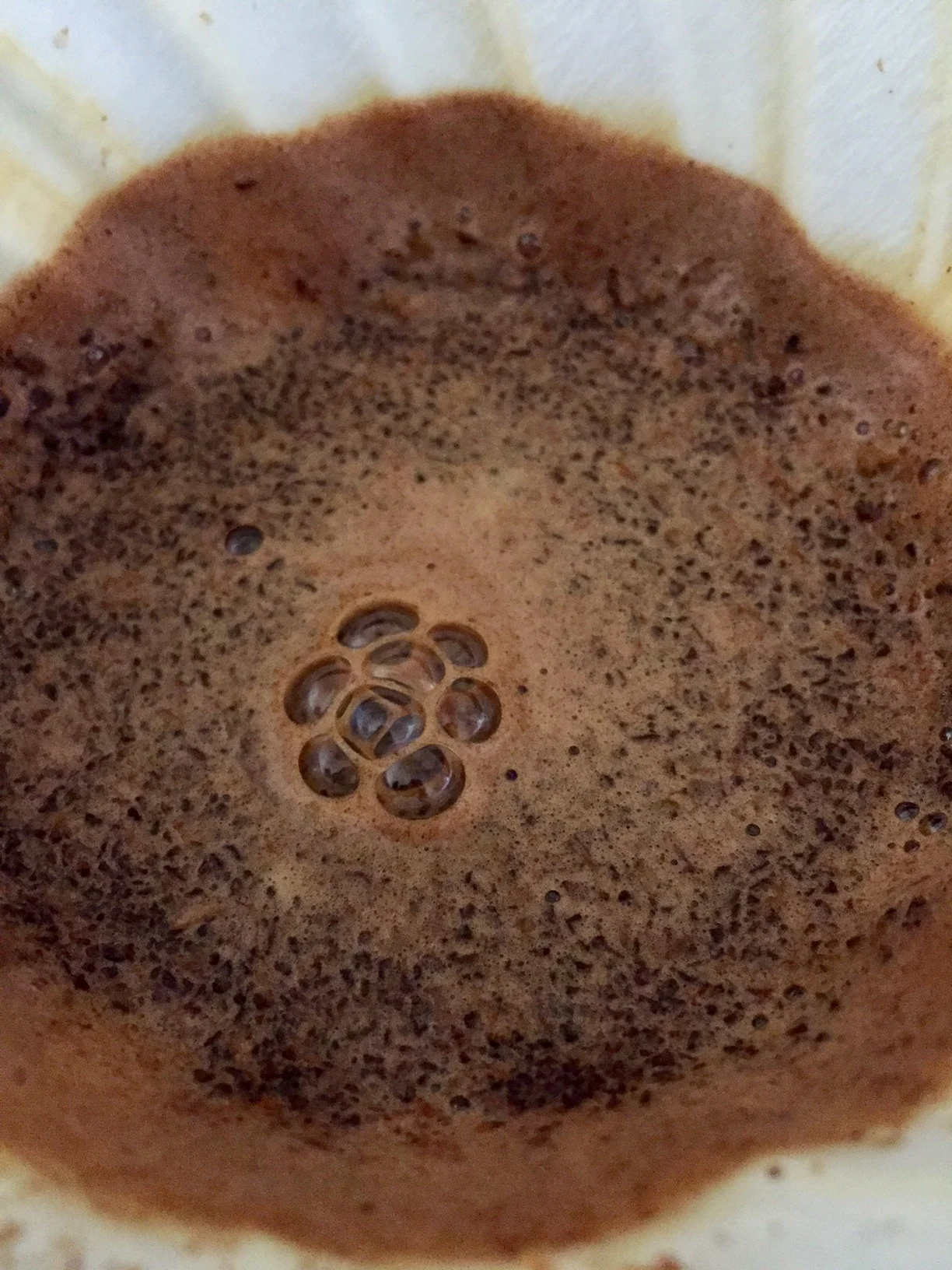Kuma, out of Seattle, Washington, has been on my list of roasters to try for a while, and now I’m regretting I didn’t try them sooner. What convinced and stuck with me was a comment on a forum that said something along the lines of, “if you want to try light roasted single origin coffee done right, try Kuma.” Mark Barany, the Roastmaster and founder does justice to this statement, and his attention and care for the coffee and process comes through in his “About” page.
Kicking things off with Kenya Gachatha AB, a washed SL28 & SL34 varietal from the Nyeri region, I’m going to let the story from Kuma’s website do it justice:
In late January 2017, while traveling upcountry in Nyeri County we stopped in at the Central Kenya Coffee Mill to see if any standout lots were passing through the mill before they made it to marketing agents in Nairobi. I distinctly remember the third cup on the cupping table stopped me dead in my tracks. Just the aroma alone smelled like a candy factory churning out sweet fruit confections. As I reached my spoon back from the cup of coffee an assortment of fruits and florals sprayed across my tongue that I've truly never experienced in my life. This cup was clearly a different animal. It’s the kind of cup that coffee buyers such as ourselves spend a decade or lifetime in search of. With great joy I am pleased to offer this coffee to you and hope that you'll share in the same childlike amazement of the quality of this cup and fruit forward intensity like few other cups on this earth.
I first tried this coffee as espresso, as discussed in the Improving Espresso – Getting Dialed post from earlier this week. I chose to use a VST basket with this coffee, because it was a lightly roasted single origin coffee, to really work to maximizing the extraction, which is exactly what VST baskets are designed to do.
So, I adjusted my grinder finer, dosed 18 grams into the 18 gram VST filter basket, and went through my typical prep routine. The shot pulled very slow and tight, first drops didn't hit the cup until around 10 seconds after pump activation. The final extraction was 18 grams in to 29 grams out in about 42 seconds, and it was delicious! The coffee tasted like homemade cherry syrup or a rich grenadine with a hint of floral spice. I then looked at the tasting notes on the bag to see "cherry candy" and "jasmine" as two listed...boom!
I won’t rehash too much of what I included in the Improving Espresso post, but I tried this coffee at more traditional brewing parameters with less favorable results. This coffee was just so good pulled slow and tight. It did okay in milk, but really this coffee needs to be enjoyed straight.
The sweetness was still present, but it was lacking the bold cherry syrup flavor.
Brewed in the 02 size Hario V60, the coffee was actually a lot different. It was more restrained, refined, and kind of civilized versus the in your face cherry syrup espresso. It was more elegant in all the right ways, as being a very flavorful, fruit forward, complex, and floral coffee that Kenyan’s are known for. However, it was all intensified. This was one of the most forward or flavorful washed Kenyans I’ve had while still maintaining balance, complexity, nuance, and the silky mouthfeel. I found 1:17 ratios to be best for highlighting this, generating cups with really great watermelon like acidity and more of the currant and jasmine spices. The coffee was very well composed, sweet and juicy with pleasing acidity, and silky clean, but lingering finish. These cups were brewed using an 02 size Hario V60 at:
- 1:17 ratio using a fairly fine grind and 200*F water from the Bonavita Variable Temp Kettle
- 3x dry coffee weight stirred bloom for 35 seconds (20 grams of coffee = 60 gram water for bloom)
- Pour to about 175 grams for a 20 gram dose or about 200-225 grams for a 23 gram dose stir.
- Additional pours in 50 gram increments.
- Total drawdown time of 3:00 for a 20 gram dose or 3:15 - 3:30 for a 22.4 gram dose.
I tried pushing the extractions by grinding finer and increasing the time, but actually found the coffee started to get a bit dry and powdery and more of the jasmine, spice, and bitterness came forward. This was still good and some may prefer it that way, but I found this recipe to strike the best balance and juicy sweetness.
Overall, this may be the best Kenyan coffee I’ve ever had. I think a lot of times Kenyans are too subtle and nuanced for the bold flavors I tend to like, and this one solves that beautifully. This one wasn’t cheap at $21 for a 12 ounce bag, but I do believe that you’re paying for top quality coffee. Be sure to sign up for Kuma’s email list, as they do send out coupon codes periodically, which allowed me to pick this one up at 20% off, and it was entirely worth every penny. Shipping was a flat $5 for three bags, but I believe they do free shipping above a certain amount, and my order arrived so quickly, I needed to let it rest a few additional days.
